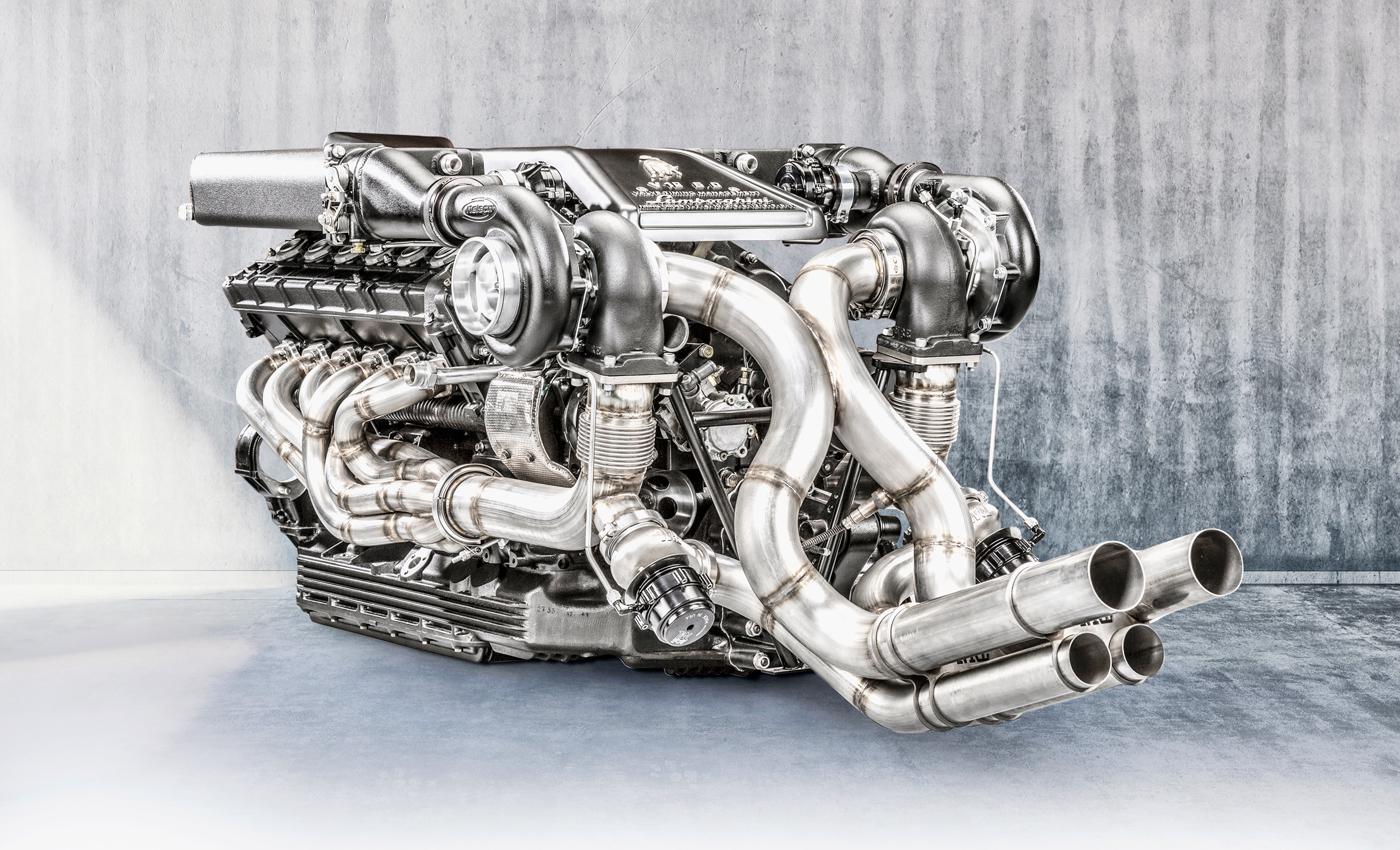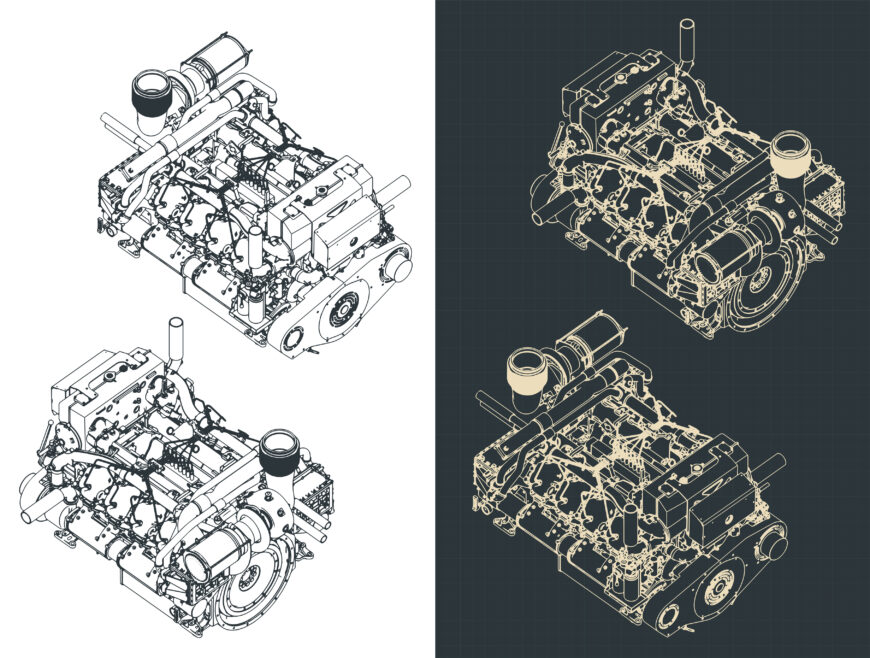Explore Engines for Africa at Our Detailed Vehicle Components Shop
Explore Engines for Africa at Our Detailed Vehicle Components Shop
Blog Article
The Mission for Ultimate Driving Power: Exploring the Peak of Engine Efficiency and Technological Breakthroughs in the Automotive Sector
In the realm of auto engineering, the pursuit of optimum driving power has been an unrelenting quest that has actually unfolded via the advancement of engine design and the assimilation of innovative modern technologies. From the careful craftsmanship of combustion engines to the fast advancements in electric propulsion systems, the auto sector stands at the cusp of a brand-new period defined by unmatched performance abilities. As scientists and engineers delve much deeper right into the worlds of computational liquid dynamics and discover cutting-edge fuel technologies, the perspective of possibilities increases exponentially. Keep tuned as we untangle the detailed tapestry of technological innovations that are forming the future of vehicle power and performance.
Evolution of Engine Design

Furthermore, the combination of turbocharging and turbo charging technologies has actually changed engine style by enhancing power without substantially increasing engine dimension. These forced induction systems press the consumption air, permitting more fuel to be combusted, thus creating better power output from a smaller engine. This advancement has been specifically crucial in enhancing the performance of smaller variation engines while keeping fuel efficiency standards.

Performance-Enhancing Fuel Technologies
The implementation of advanced fuel technologies has actually significantly added to boosting engine efficiency in modern vehicles. From standard fuel and diesel to cutting-edge biofuels, artificial gas, and hydrogen, the vehicle market is experiencing a change in gas choices. Biofuels, obtained from renewable resources like sugarcane, algae, or corn, offer lowered exhausts and improved engine efficiency. Synthetic fuels, produced via chemical processes, offer high octane rankings, enhancing power result. Hydrogen fuel cells, although still in the early phases of adoption, reveal excellent guarantee as a result of their zero-emission nature and capacity for high performance. In addition, fuel ingredients and detergents are being developed to clean engine elements, optimize burning, and minimize rubbing, consequently boosting total car efficiency. With continuous r & d, the mission for the supreme driving power proceeds, as engineers make every effort to unlock the complete possibility of performance-enhancing fuel technologies in the vehicle industry.
Advancements in Electric Propulsion
Considerable strides in electrical propulsion innovation have actually reinvented the auto market, leading the way for a brand-new age of lasting and effective transport. Electric lorries (EVs) are gaining popularity due to their ecological benefits and developments in battery technology, enabling longer driving arrays and shorter charging times. Producers are investing heavily in research study and growth to enhance the efficiency of electric propulsion systems, concentrating on raising power outcome, boosting power effectiveness, and lowering total weight.
One noteworthy breakthrough in electric propulsion is the advancement of advanced electrical motors that deliver higher torque and power density, resulting in improved acceleration and overall driving efficiency. Furthermore, regenerative braking systems have actually been improved to keep and catch energy during slowdown, more enhancing the performance of EVs.
Additionally, the combination of clever innovations, such as synthetic knowledge and predictive analytics, is maximizing the administration of electrical propulsion systems, making certain ideal efficiency under different driving problems. These improvements in electric propulsion are improving the automotive landscape, driving the market in the direction of a much more lasting and amazed future.
Influence of Computational Fluid Characteristics
With developments in electric propulsion pressing the boundaries of vehicle modern technology, the assimilation of Computational Fluid Dynamics is playing a critical duty in optimizing wind resistant performance and improving total effectiveness in lorry design. Computational Liquid Characteristics (CFD) includes the usage of computer simulations to evaluate the circulation of air around a vehicle, allowing engineers to forecast how style adjustments will certainly impact aerodynamics without the need for costly physical prototypes. By properly modeling airflow patterns, CFD allows for the refinement of car forms to lower drag, improve cooling, and enhance stability.
One secret advantage of utilizing CFD in automobile style is the capacity to repeat swiftly, exploring numerous design variations to identify one of the most aerodynamically effective options. This repetitive procedure results in automobiles that are not just sleeker and a lot more aesthetically enticing yet additionally extra environmentally friendly and fuel-efficient. In addition, CFD makes it possible for designers to maximize air flow around elements such as radiators, engine bays, and wheel wells, adding to enhanced efficiency and total driving experience. In verdict, the assimilation of Computational Liquid Dynamics represents a considerable progression in the pursuit for best driving power and effectiveness in the automobile market.
Future Patterns in Engine Development
In the vibrant landscape of auto engineering, cutting-edge advancements are forming the future trajectory of engine development. The future of engine layout next page is noted by a strong focus on efficiency, efficiency, and sustainability. Manufacturers are significantly focusing on creating engines that not only supply high power outcomes yet likewise focus on environmental duty by boosting and decreasing exhausts fuel efficiency.
One noticeable trend in engine technology is the rise of electrification. Hybrid and electrical powertrains are gaining traction as viable options to typical combustion engines. These innovations use the possibility for substantial decreases in carbon exhausts and increased energy performance, aligning with global efforts to deal with environment change.
Moreover, developments in materials scientific research and production techniques are allowing the production of lighter and a lot more sturdy engine parts. This shift towards lightweight materials such as carbon fiber and aluminum alloys adds to improved efficiency and fuel economic climate.
Verdict
In conclusion, the pursuit of supreme driving power in the automobile industry continues to drive improvements in engine layout, gas technologies, electrical propulsion, and computational liquid characteristics. The advancement of go to my blog these innovations is forming the future of engine technology, leading the way for a lot more effective and powerful cars (engines for africa). As the market remains to push the borders of what is feasible, we can expect to see a lot more innovative developments in the quest for peak efficiency
One of the vital landmarks in engine style evolution is the shift from standard carbureted engines to contemporary fuel-injected systems. By precisely metering the gas shipment to each cylinder, fuel-injected engines optimize burning, resulting in far better performance and reduced ecological effect.
Additionally, the integration of turbocharging and turbo charging innovations has changed engine style by boosting power without significantly raising engine size (engines for africa).The execution of innovative gas innovations has substantially contributed to boosting engine efficiency in contemporary vehicles. In addition, fuel ingredients and detergents are being formulated to tidy engine elements, maximize click here for more info combustion, and minimize friction, consequently enhancing total car efficiency
Report this page